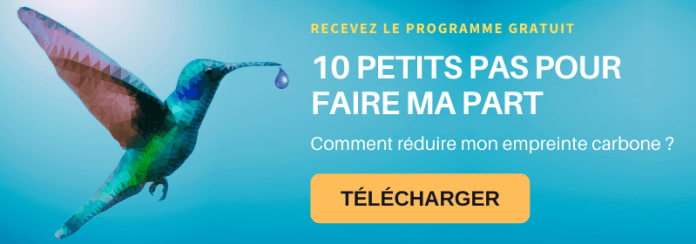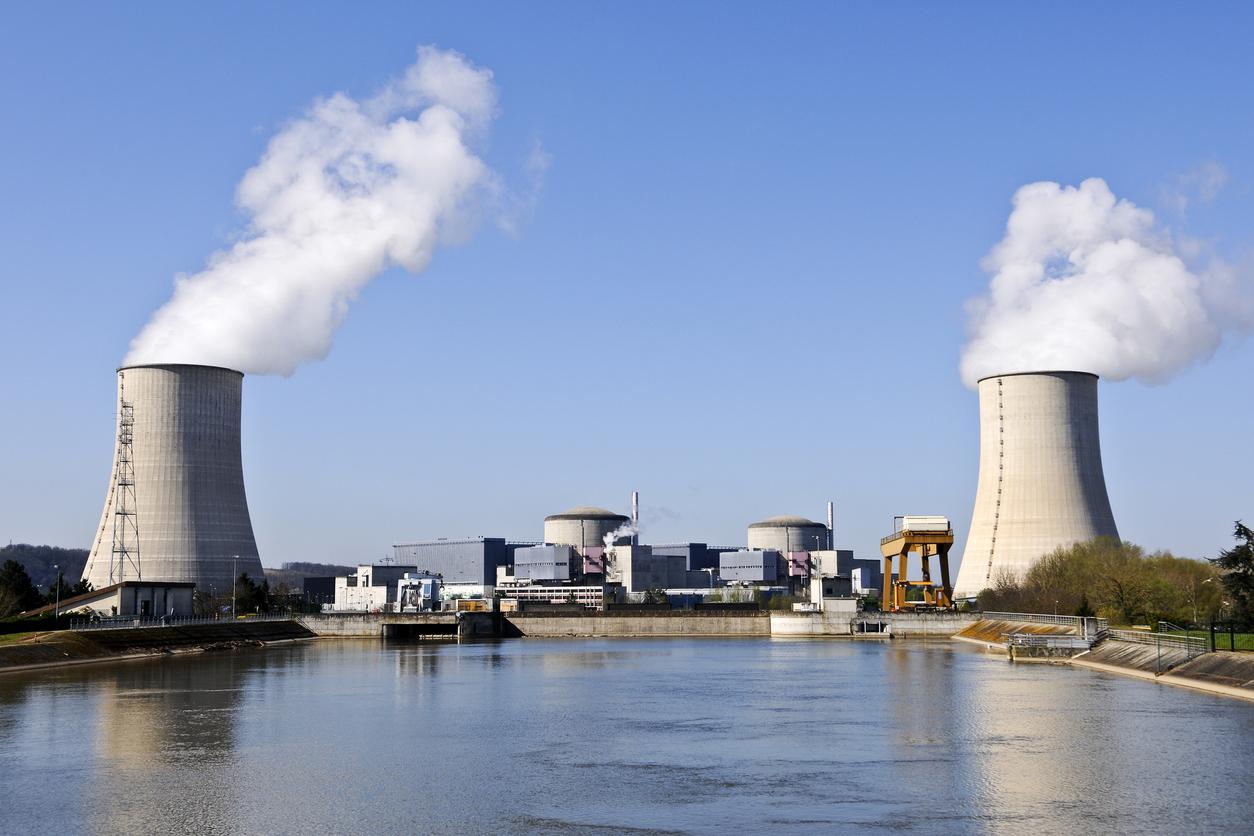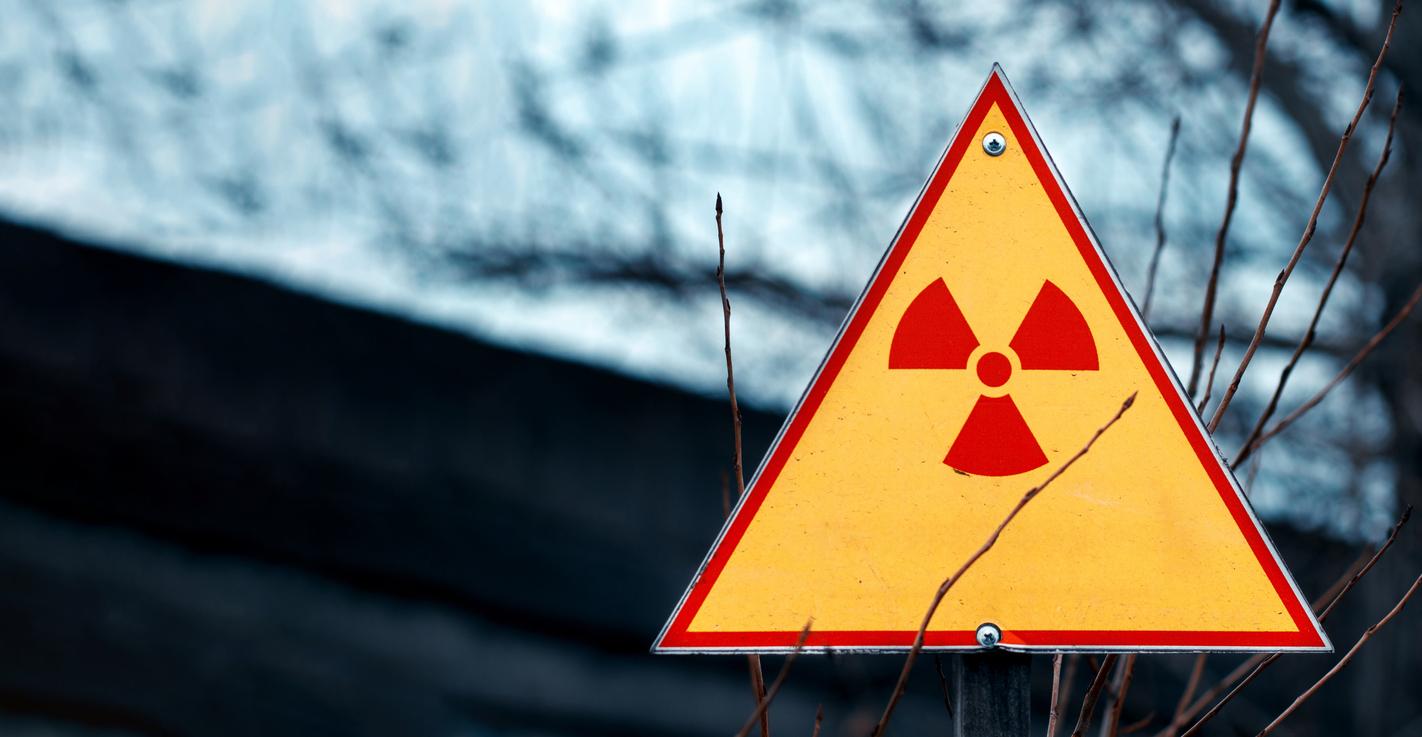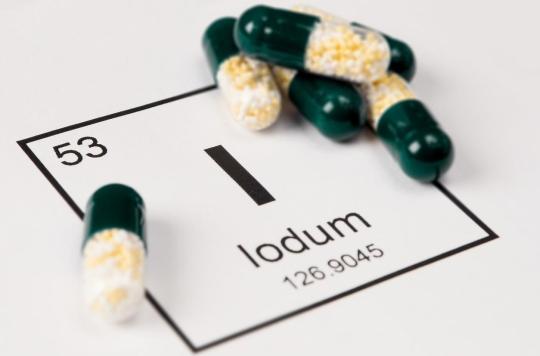In France today, there are 56 nuclear reactors of different power levels spread over 18 sites. They produce 70% of the electricity consumed by the French. If the advantages of nuclear energy are certain, the disadvantages also exist. As our fleet is aging, we will have to build new reactors to properly negotiate the energy transition.
In 2020, fossil fuels still accounted for 63% of the 1600 terawatt-hours (TWh) consumed in France against only 25% for electricity. What you need to know is that 70% of this electricity produced is of nuclear origin. This amounts to saying that today, less than 20% of the total energy that supplies France (this so-called “all-nuclear country”) comes from nuclear power plants.
Despite the fact that nuclear power is a carbon-free energy (without greenhouse gas emissions), likely to eventually replace these fossil fuels that we have collectively decided to abandon, it does not necessarily have good press. Many of our fellow citizens still instinctively associate it with the bombs of the same name, at Chernobyl or Fukushima, with Radioactive waste and the famous ERP fiasco of Flamanville (Manche).
The French rather favorable
Other French people, however, rightly believe that it is an energy of the future because it is both controllable (available when needed) and cheap.
In a poll Elaba November 2021, 52% of respondents believe that France should both develop renewable energies (notably wind and photovoltaic) and build new nuclear power plants to replace the old ones and renovate the existing ones.
In the eyes of our compatriots, the strong point of nuclear power is its ability to make France sovereign in energy production.
This is a good thing since the State validated, in February 2022, the construction, by 2050, of six new EPR nuclear reactors** next generation. He even mentioned the possibility of adding eight more.
The nuclear parachute
Nuclear energy is not a panacea. It is certainly not the ideal energy because it has many disadvantages, but on the one hand, it does not emit carbon dioxide and on the other hand, we have some at home. It would be stupid to deprive yourself of these advantages of nuclear energy.
Energy and climate specialist, Jean-Marc Jancovici describes it not as the ultimate energy but as the only one sufficiently reliable to negotiate the energy transition under conditions bearable by the population.
He uses an eloquent metaphor for this: Nuclear is a ventral parachute. It opens if the main parachute (ie fossil fuels, coal, oil and gas) does not work and it prevents us from crashing on the ground.”
Fossil fuels are the energy sources that keep the world going and the economy running. However, we know that for meet the 2°C target enshrined in the Paris Agreement, we are supposed to reduce emissions by 5% per year worldwide.
Like anyway, we’re going to have less and less fossil fuels at our disposal, nuclear energy is one of the few low-carbon energy sources on which we can count to continue to operate the productive apparatus.
Once again, it is not a question of aiming for growth at all costs as in the past 50 years, but simply of make the decrease less brutal and less painful for our fellow citizens. So those who think that we can completely phase out nuclear power within 20 years are getting their finger in the eye. It will not arrive.
The advantages of nuclear energy
The main advantages of nuclear energy are that it is carbon-free (it does not emit CO2, but water vapour), controllable, available all year round and finally inexpensive to produce. In addition, it can be generated in large quantities because the facilities necessary for its production have a fairly long lifespan, around 40 years.
But nuclear power also generates disadvantages and in the first line, waste management. The heat given off by the splitting of uranium atoms turns water into steam. This is used to set turbines in motion, which are themselves connected to alternators which thus produce electricity.
But once the uranium has been used, a material remains, which can no longer be used to fuel the reactors, but which remains radioactive. This nuclear waste is sent to treatment plants where it is sorted according to its degree of radioactivity. Then it is stored or buried 500 m underground.
Thus, some of the less radioactive waste is processed and then stored at ANDRA’s two storage sites in Aube. Highly radioactive waste is distributed among the processing plants from La Hague (Manche), Marcoule (Gard) or Cadarache (Bouches-du-Rhône).
What are the risks of nuclear power in France?
France has never experienced a serious accident in a nuclear power plant likely to threaten the population due to radioactive particles released into the environment. Considerable security efforts are made by theEDF operator to improve reactor safety and reliability.
We are assured, for example, that the way in which French power stations operate prohibits runaway fission reactions and the explosion of the nuclear reactor. But, we are also told, that the zero risk does not exist.
Can we phase out nuclear power in France?
Several organizations have studied the scenarios allowing an exit from nuclear power and the end of France’s dependence on uranium. Published in October 2021, the major study carried out by the Electricity transmission network (TEN) shows that France could effectively completely renounce the advantages of nuclear energy by 2050.
You should be able to count on a considerable development of photovoltaic and offshore wind power, but also onshore wind power, hydropower and bioenergy. Today, wind power and photovoltaics represent 10% of electricity production and less than 3% of the total energy used in France. There is a way…
The country should invest heavily in new infrastructure (multiplication of photovoltaic or wind power plants, transformation of the electricity network to ensure the transport of energy from large parks throughout France, or from small local units.
But how do you compensate for the constant variations in wind power and photovoltaics when we have the greatest difficulty in store this energy for days or months without wind or sun?
This will not happen because the functioning of society relies entirely on energy available on demand, anytime and anywhere. Completely changing the mode of energy supply will take well over 30 years, it is a systemic transformation. And those of our fellow citizens who will play the game of happy sobriety will already have enough trouble doing without hydrocarbons, even with the reinforcement and the advantages of nuclear energy.
Furthermore, “clean energies” do not only have advantages. They certainly present less apparent danger than nuclear power, but are at least as demanding in terms of resources. For example, it takes 80 times more copper or 40 times more steel to produce a solar kilowatt hour than a nuclear kilowatt hour.
Moreover, it also takes 500 times more space. A gigawatt of solar energy requires a space of 1000 hectares (not including storage) when a nuclear reactor (with buildings and ancillary equipment) takes up 2 or 3 hectares. This is one of the advantages of nuclear energy.
RTE has considered six scenarios* in all, the most probable of which is the last, based on the coexistence in equal parts of renewable and nuclear energies. It anticipates the construction of 14 EPR reactors (well, well, like the State) as well as several auxiliary mini-reactors (SMR). Nuclear would then represent half of the electricity supply in 2050.
At least, by this date, we should be massively out of fossil fuels!
* Energy Futures 2050: Electricity Generation Mix Scenarios (TEN)
** The nuclear recovery plan (L’Express)

















